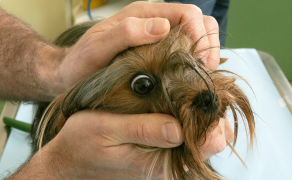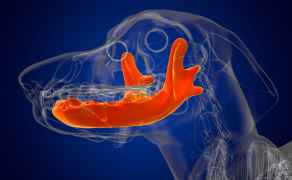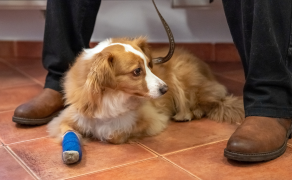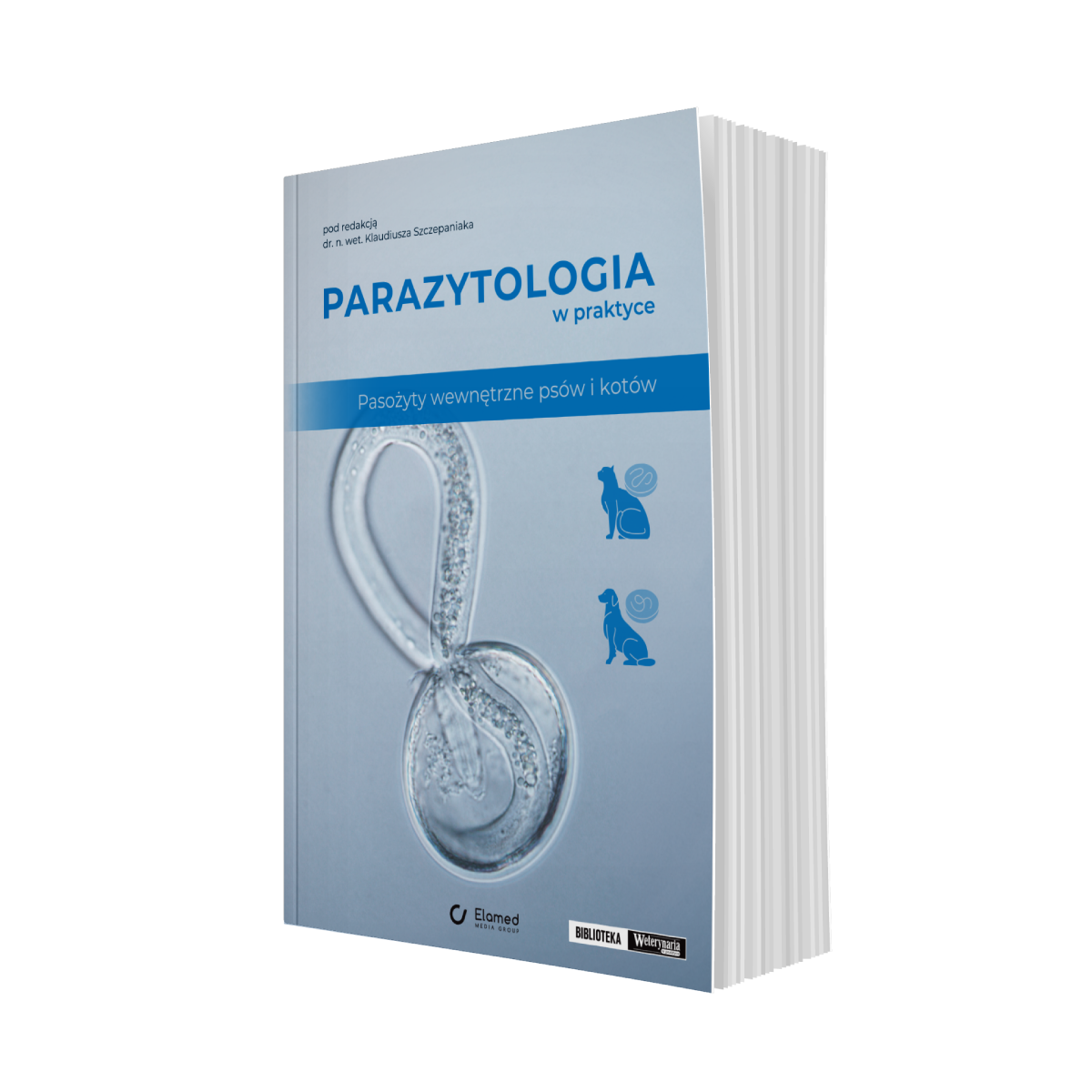Lęk lokomocyjny i choroba lokomocyjna u psów i kotów
Piśmiennictwo
- Benchaoui H.A., Siedek E.M., De La Puente-ReDondo V.A. et al.: Efficacy of maropitant for preventing vomiting associated with motion sickness in dogs. „Vet Record”, 2007, 161, 444-447.
- Bowen J., Heath S.: Canine training and miscellaneous problems. Elsevier Saunders, 2005, 155-156.
- Chen Y., Zhang C., Zhang M., Fu X.: Three statistical experimental designs for enhancing yield of active compounds from herbal medicines and anti-motion sickness bioactivity.„Pharmacogn Mag”, 2015, 43, 435-443.
- Conder G.A., Sedlacek H.S., Boucher J.F. et al.: Efficacy and safety of maropitant, a selective neurokinin 1 receptor antagonist, in two randomized clinical trials for prevention of vomiting due to motion sickness in dogs. „J Vet Pharm Therap”, 2008, 31, 528-532.
- Encarnacion H., Parra J., Mears W., Sadler V.: Vomiting. ”Compend Contin Educ Pract Vet”, 2009, 31, 122-131.
- Gandia Estelles M., Mills D.S.: Signs of travel-related problems in dogs and their response to treatment with dog-appeasing pheromone (D.A.P.). „Vet Record”, 2006, 159, 143-148.
- Gaultier E., Pageat P., Tessier Y.: Effect of a feline facial pheromone analogue (Feliway) on manifestations of stress in cats during transport. Proceedings of the 32nd Congress of the International Society for Applied 1998, Ethology, Clermont-Ferrand, France.
- Krecic M., Lavan R.: Value of Cerenia (maropitant citrate) in the treatment of acute vomiting in dogs. Pfizer Animal Health [...]
Ten materiał dostępny jest tylko dla użytkowników
którzy są subskrybentami naszego portalu.
którzy są subskrybentami naszego portalu.
Wybierz pakiet subskrypcji dla siebie
i ciesz się dostępem do bazy merytorycznej wiedzy!
i ciesz się dostępem do bazy merytorycznej wiedzy!
Masz aktywną subskrypcję?
Nie masz jeszcze konta w serwisie? Dołącz do nas
Mogą zainteresować Cię również
108
ALGORYTMY
POSTĘPOWANIA
w weterynarii
POSTĘPOWANIA
w weterynarii
























